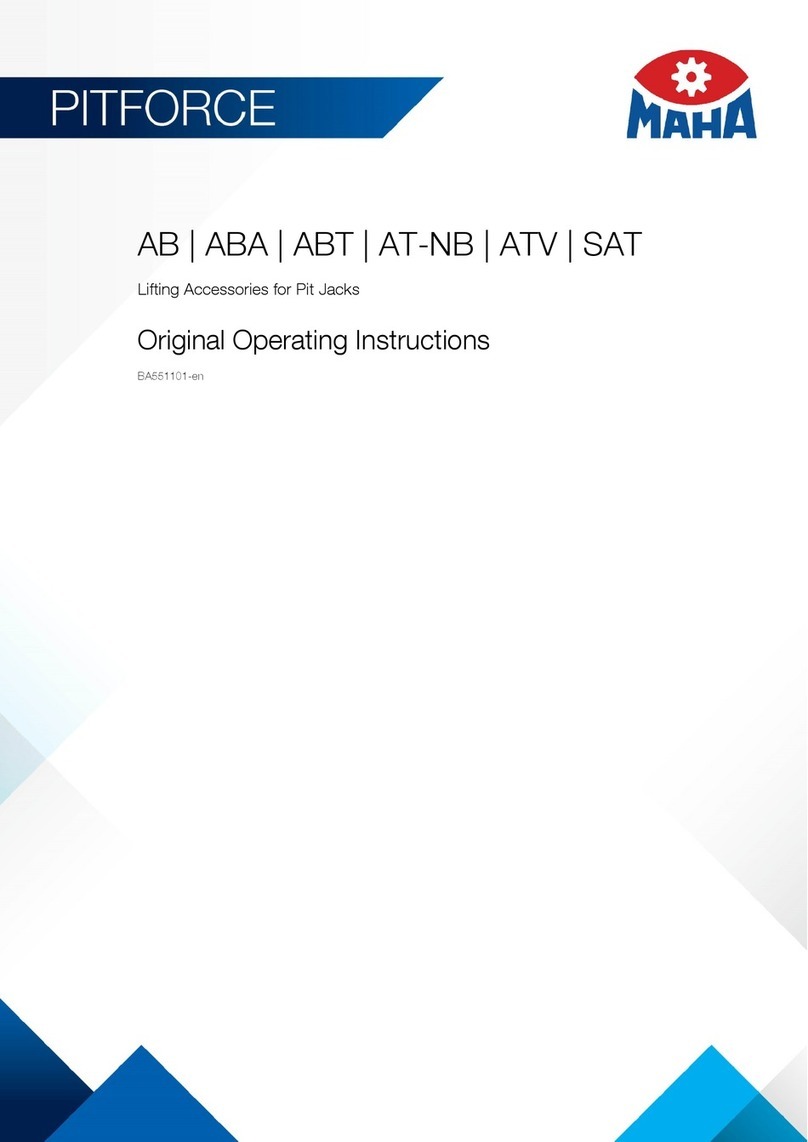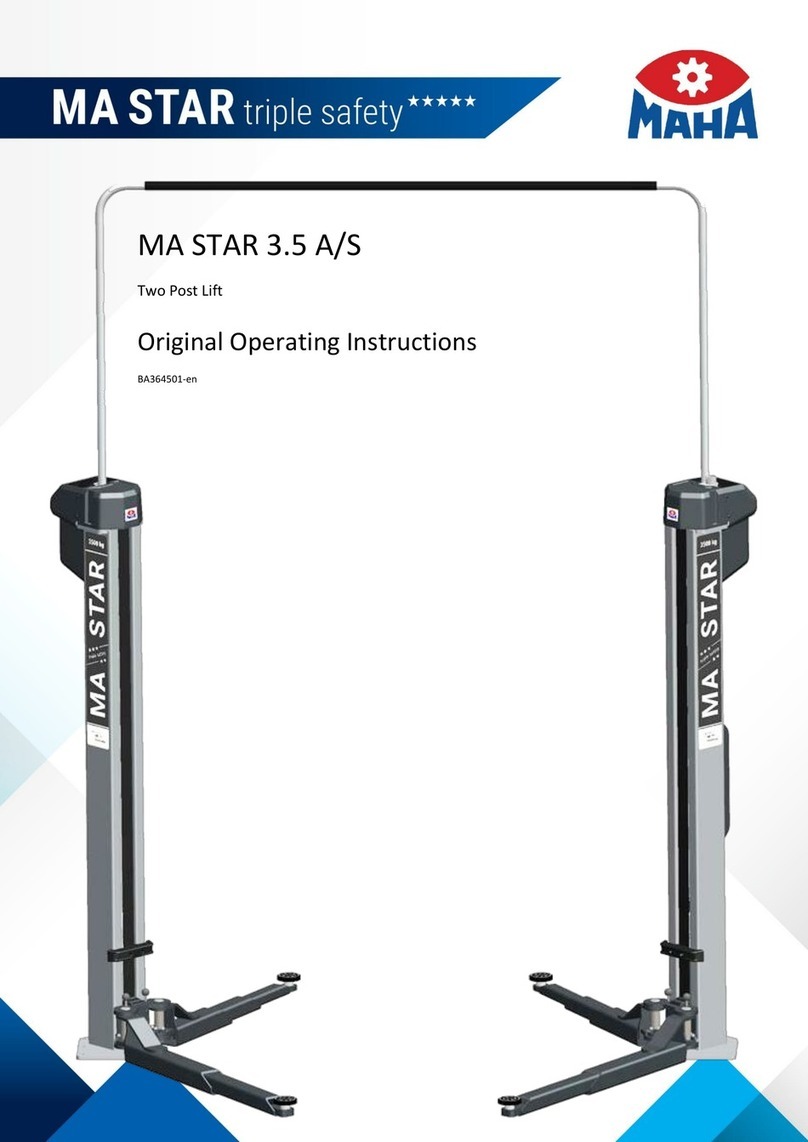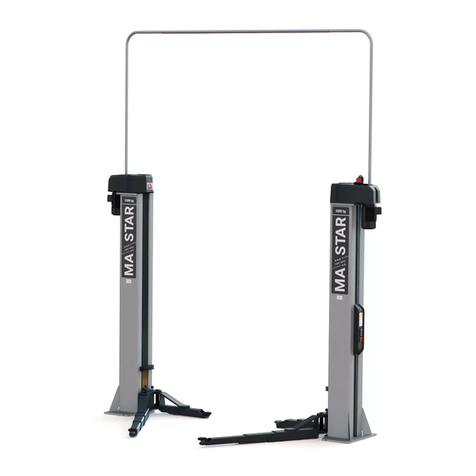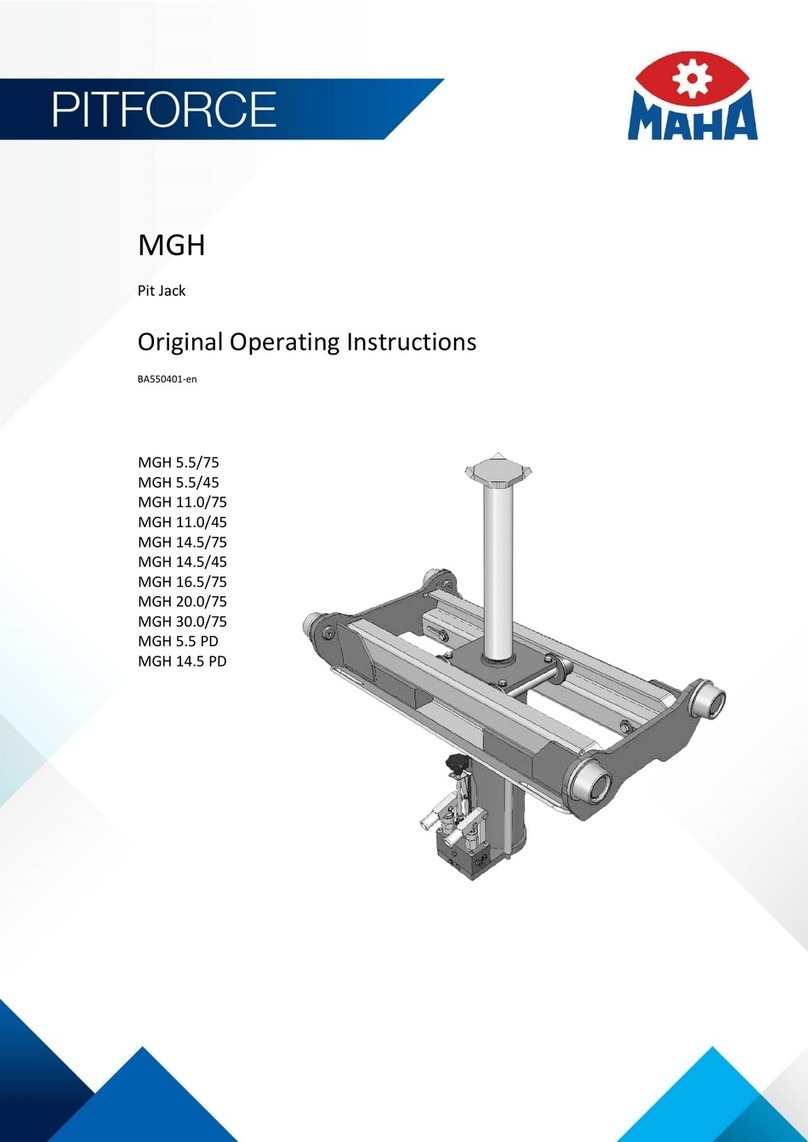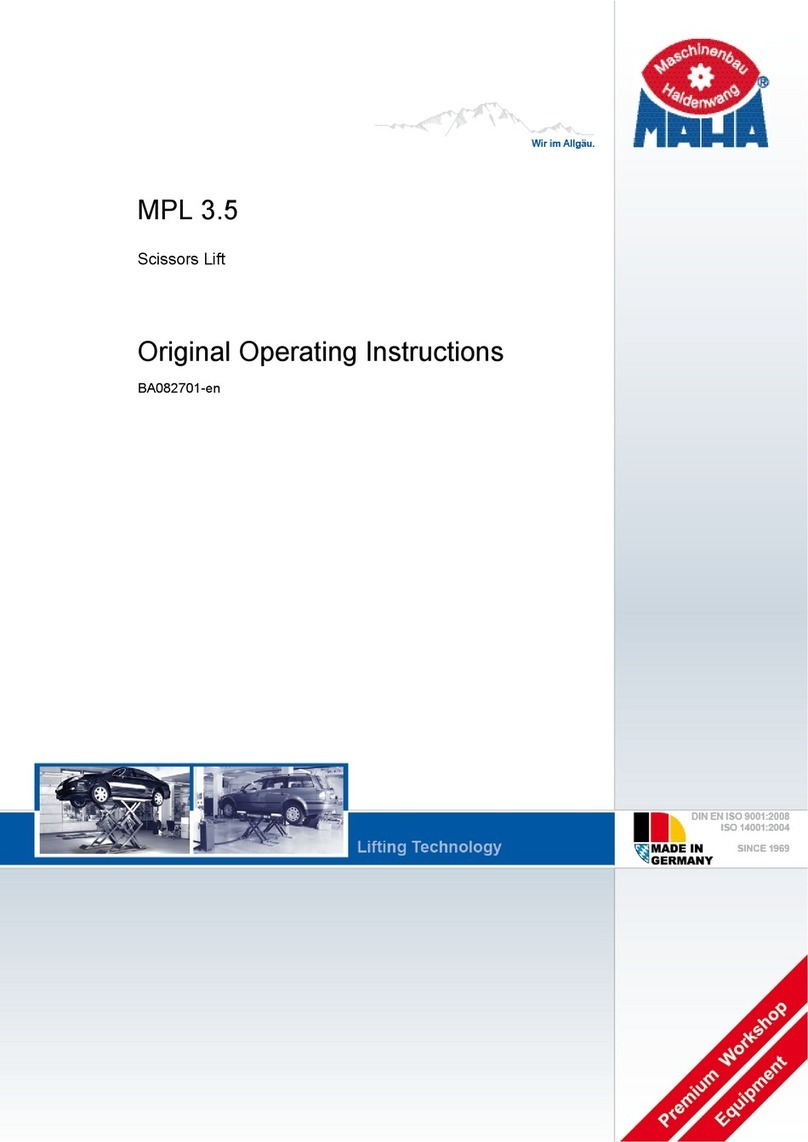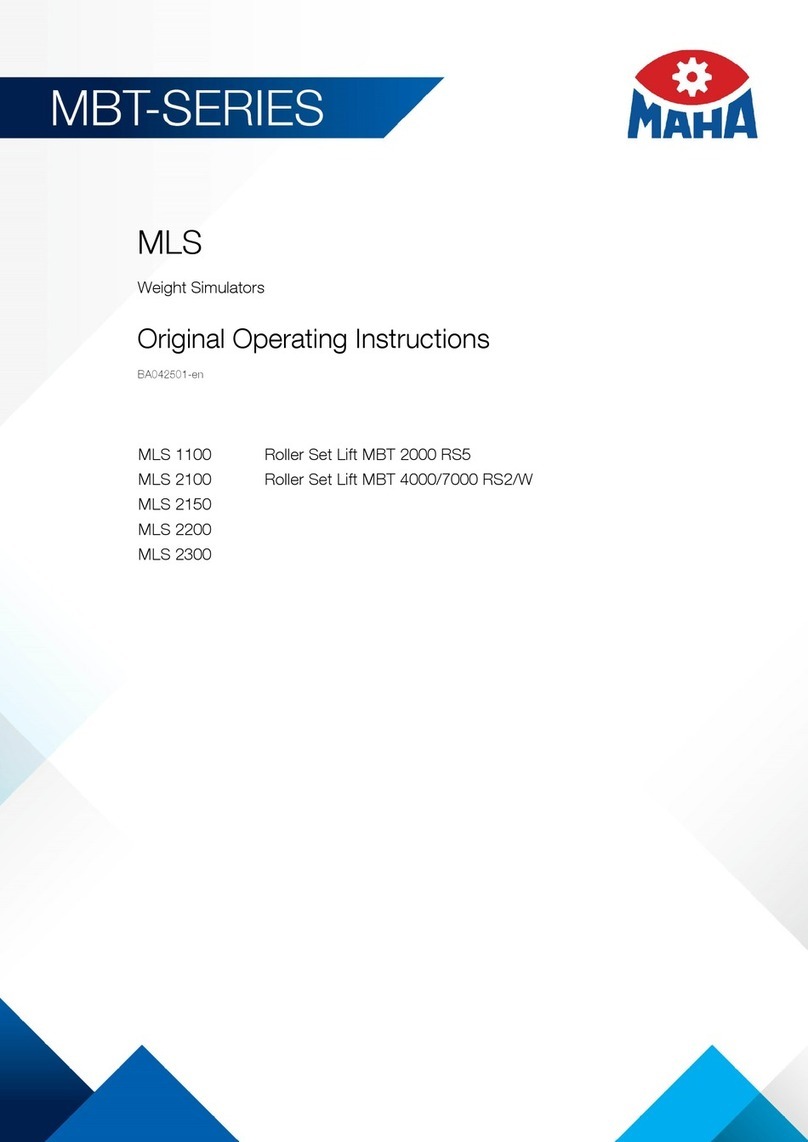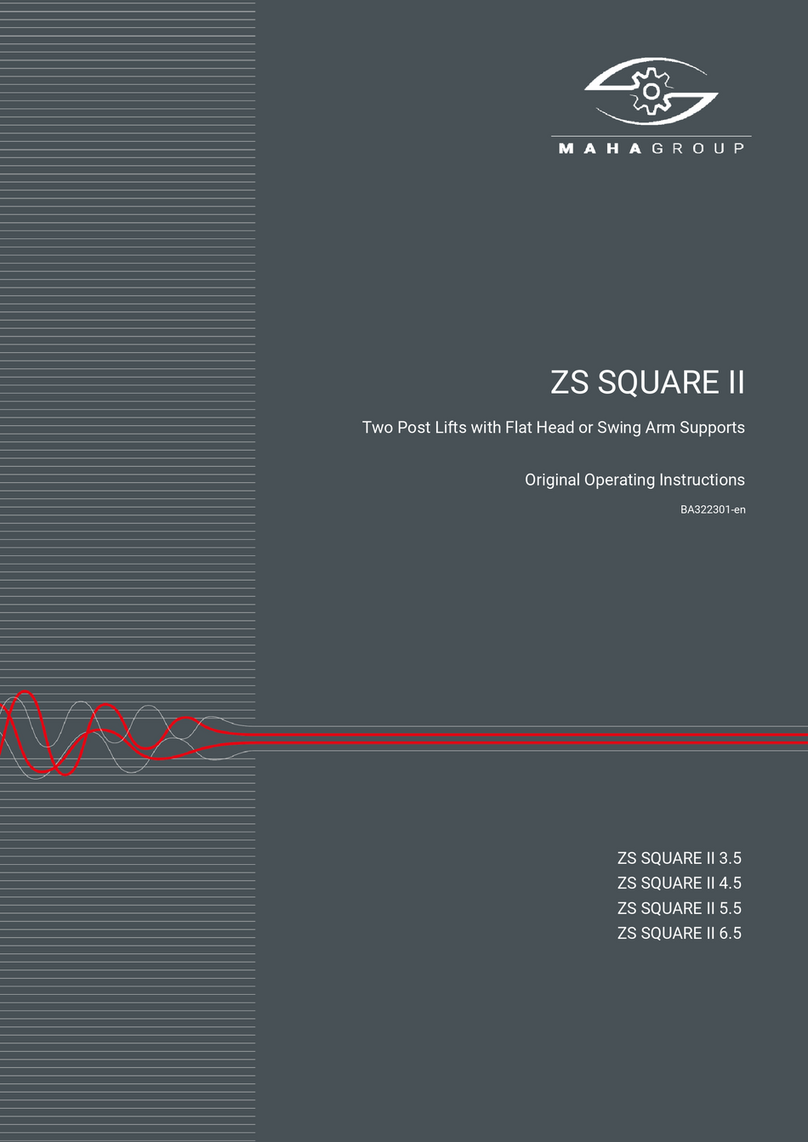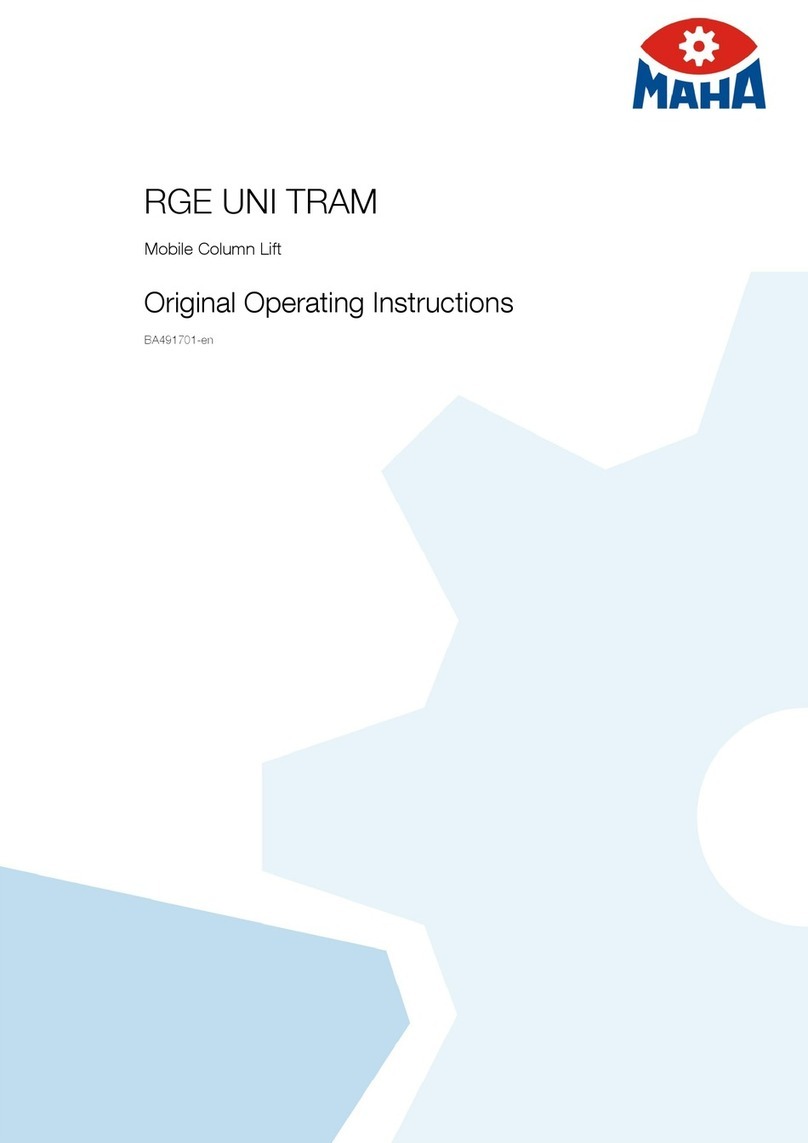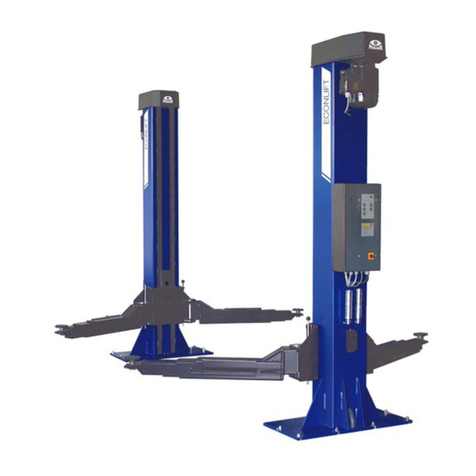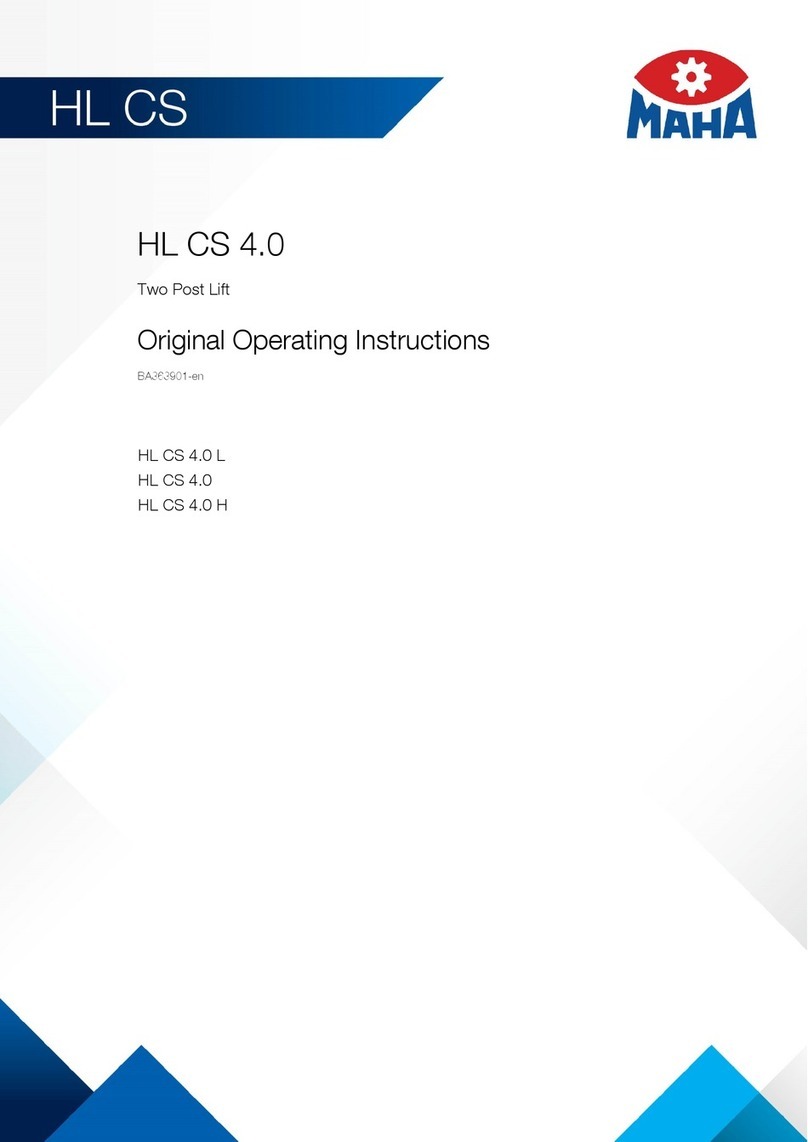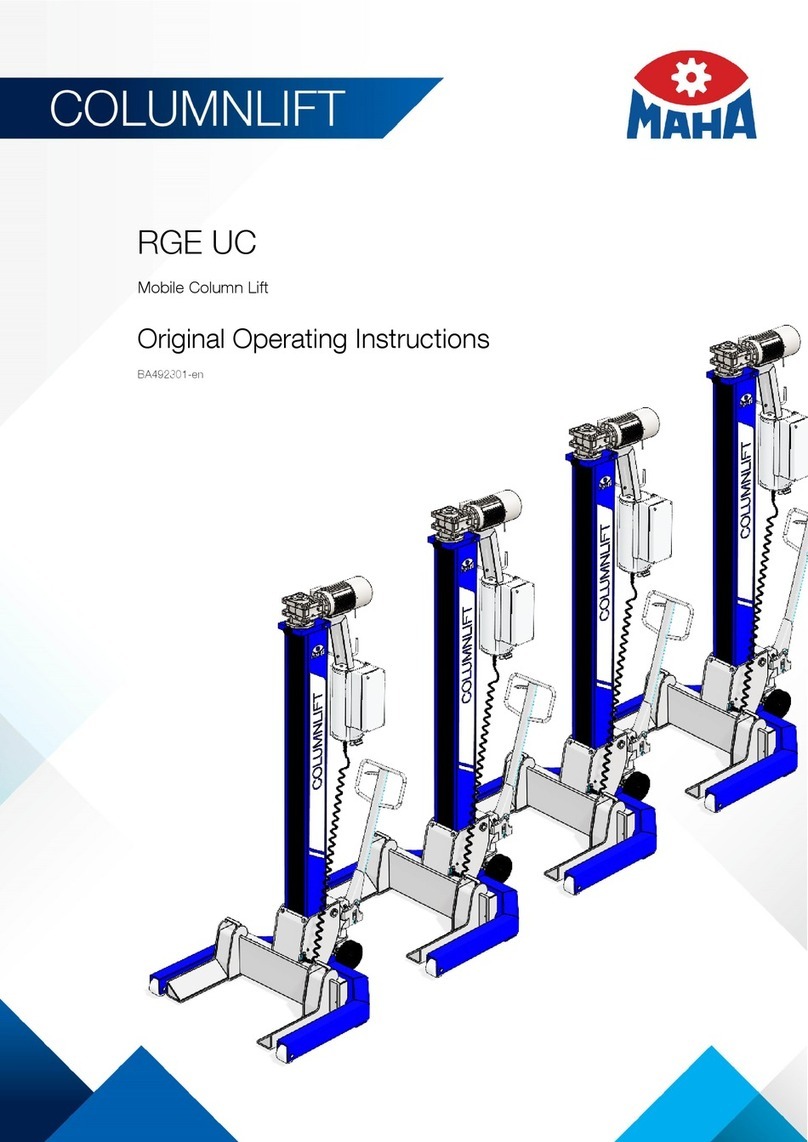
BA081101-en III
CONTENTS
1Safety .........................................................................................................................1
1.1Introduction ....................................................................................................................................1
1.2Safety Instructions for Commissioning...........................................................................................1
1.3Safety Instructions for Operation ...................................................................................................1
1.4Safety Instructions for Servicing ....................................................................................................2
1.5Further Information.........................................................................................................................2
1.6Safety Features..............................................................................................................................3
1.6.1Controls...........................................................................................................................3
1.6.2Roll-off Protection ...........................................................................................................3
1.6.3Light Barriers ..................................................................................................................3
1.6.4Protection Bars ...............................................................................................................3
1.6.5Pressure Relief Valve .....................................................................................................3
1.6.6Seat Valves.....................................................................................................................3
1.6.7Safety Latch....................................................................................................................3
2General Information ..................................................................................................5
2.1Description .....................................................................................................................................5
2.2Intended Use..................................................................................................................................5
2.3Standard Delivery...........................................................................................................................5
2.4Noise Emission ..............................................................................................................................5
2.5Specifications .................................................................................................................................6
2.6Sample Nameplate.........................................................................................................................8
2.7Installation ......................................................................................................................................8
2.7.1Location ..........................................................................................................................8
2.7.2Foundation......................................................................................................................8
2.7.3Power and Air Supply .....................................................................................................9
3Operation .................................................................................................................11
3.1Defects / Malfunctions..................................................................................................................11
3.2Controls........................................................................................................................................12
3.2.1Operator's Controls.......................................................................................................12
3.2.2Main Switch ..................................................................................................................13
3.3Operating the Lift..........................................................................................................................14
3.3.1Switch-on / Switch-off ...................................................................................................14
3.3.2Protection against Unauthorized Usage.......................................................................14
3.3.3Raising..........................................................................................................................15
3.3.4Working with the Vehicle in Raised Position ................................................................15
3.3.5Lighting .........................................................................................................................15
3.3.6Lowering .......................................................................................................................16
3.3.7Hydraulic Inclination......................................................................................................17
3.3.8Setting the Runways on Locks for Wheel Alignment....................................................17
3.4Automatic Runway Synchronization ............................................................................................18
3.4.1Lift without Inclination Device .......................................................................................18
3.4.2Lift with Hydraulic Inclination Device ............................................................................18
3.4.3Lift with Permanent Inclination Device..........................................................................19
3.5Cross Member..............................................................................................................................20
3.6Manual Lowering..........................................................................................................................21
3.7Manual Lowering (Lift with Center Cover)....................................................................................22
3.8Operation of Wheel-Free Jack .....................................................................................................23
3.8.1Preparations .................................................................................................................23
3.8.2Raising..........................................................................................................................23
3.8.3Lowering .......................................................................................................................23
3.8.4Manual Lowering ..........................................................................................................24
3.8.5Manual Equalization .....................................................................................................25
